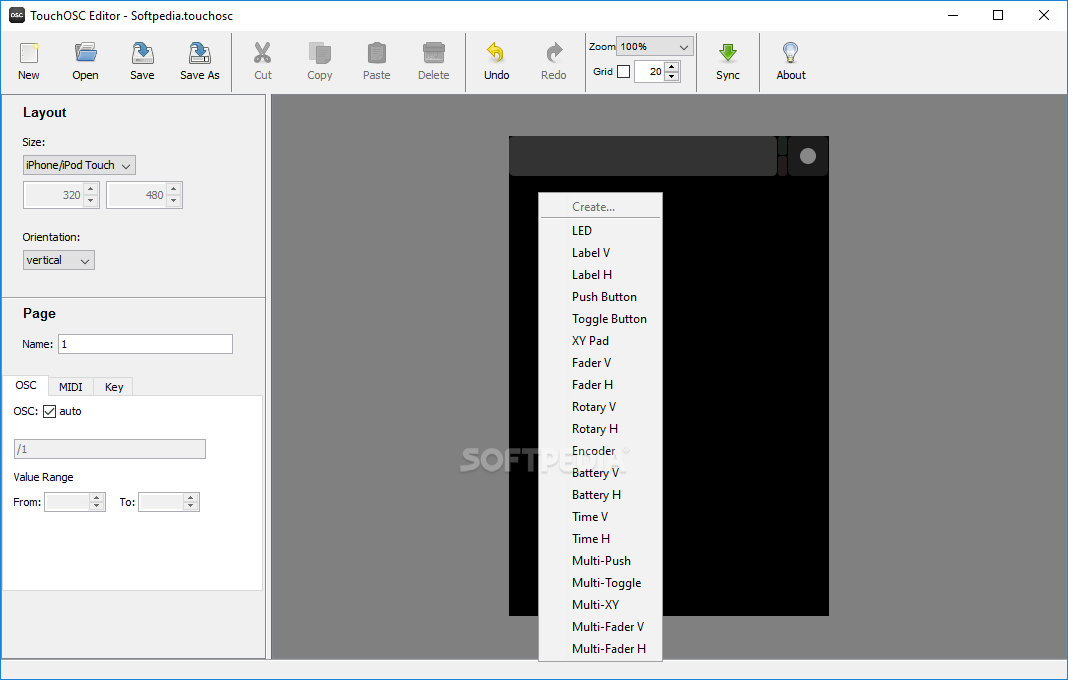

Outside a Sub Scene in Play mode: Entity Inspector set to Runtime data mode.Įntities Hierarchy and Entity Inspector set to Mixed data mode. Inside a Sub Scene in Play mode: Entity Inspector set to Authoring data mode. In Edit mode: Entity Inspector set to Authoring data mode. OperationĮntity Inspector set to Runtime data mode. By default, Unity automatically selects the appropriate data mode based on your selection and whether you're in Edit or Play mode. To change the data mode of a window, select the data mode circle in the top right of the window.

Addionally, Data that Unity destroys when you exit Play mode has an orange or red vertical bar. Clockwise, from top left, Entities Hierarchy in Runtime data mode, Inspector in Authoring data mode, and Entities Hierarchy in Mixed data mode. This highlight makes it easier to see which data doesn't persist between modes.Įntities Hierarchy window and Inspector with data modes highlighted. Red if you're using the Editor Light theme.Orange if you're using the Editor Dark theme.
TOUCHOSC EDITOR MANUAL WINDOWS
The Hierarchy and Inspector windows highlight all runtime data that Unity destroys when you exit Play mode in the following colors: You can also switch to Runtime data mode while in Edit mode to see how Unity bakes and optimizes GameObjects without entering Play mode. For more information, see Entities Preferences reference This is useful if there are a lot of elements that Unity generates at runtime which might clutter the Scene view in Runtime mode. You can also set the Scene view to display only authoring data ( Preferences > Entities > Baking > Scene View Mode). For example, you could make changes to a level's geometry while in Play mode and save it while remaining in Play mode. It's useful to be able to switch between data modes while in Play mode and Edit mode, so that you can make permanent changes to your application without having to enter or exit Play mode. Represented by a white and orange or gray and red circle in the Editor. Represents a view that can see both runtime and authoring data, but authoring data takes precedent.


 0 kommentar(er)
0 kommentar(er)
